Three Wise Monkeys of Tōshōgū Shrine
See no evil, hear no evil, speak no evil.
You’ve probably heard of the proverb “see no evil.” But few know the origin of this principle, or why it’s also associated with monkeys?
Although the English phrase itself is relatively modern, the principle of “see no evil” is believed to date back to antiquity. For example, the Analects of Confucius, which was compiled during the Warring States period of China, has this saying: “Look not at what is contrary to propriety; listen not to what is contrary to propriety; speak not what is contrary to propriety; make no movement which is contrary to propriety.”
At some point in time, around the 8th-century, Buddhist monks brought the proverb to Japan. It was eventually translated to “mizaru, kikazaru, iwazaru,” meaning “see not, hear not, say not.” While -zu/-zaru is a common (albeit archaic) suffix used to negate a verb, saru—or, as a suffix, -zaru—means “monkey” in Japanese. Needless to say, this led to the association of the proverb with monkeys.
Historically, the motif of three monkeys can be found across Asia. It’s believed by some that it was brought to China from India through the Silk Road, and then to Japan. By the Edo period, which lasted from 1603 to 1868, a group of three monkeys was often depicted in Buddhist sculptures, such as the companions of the folk deity Shōmen-Kongō.
In 1617, the grand Tōshōgu Shrine was built in Nikkō and dedicated to Tokugawa Ieyasu, the first shōgun of the Tokugawa shogunate who was deified posthumously. One of the buildings that form the complex is the Sacred Stable, which is adorned with an eight-panel sculpture attributed to Hidari Jingorō, a legendary sculptor whose existence is a matter of debate.
The sculpture depicts eight stages of life enacted by monkeys. Its most notable panel is the “Three Wise Monkeys,” which depicts three Japanese macaques representing the principle of not seeing (Mizaru), not hearing (Kikazaru), and not saying (Iwazaru). This particular relief was introduced to the western world during the Meiji era (1868-1912), leading to the coinage of the proverb “see no evil, hear no evil, speak no evil.”










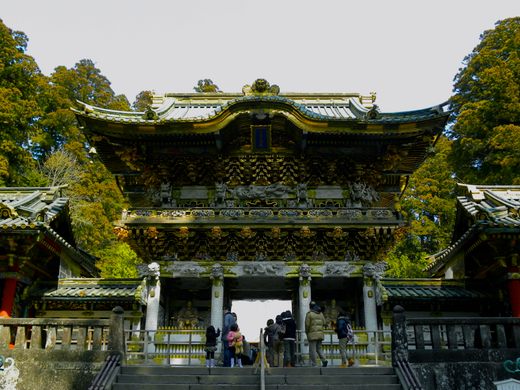





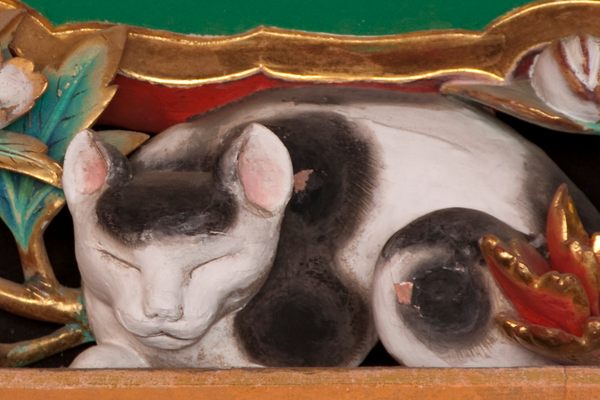


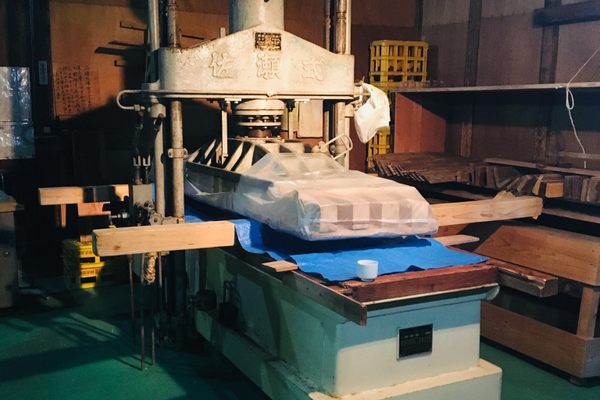
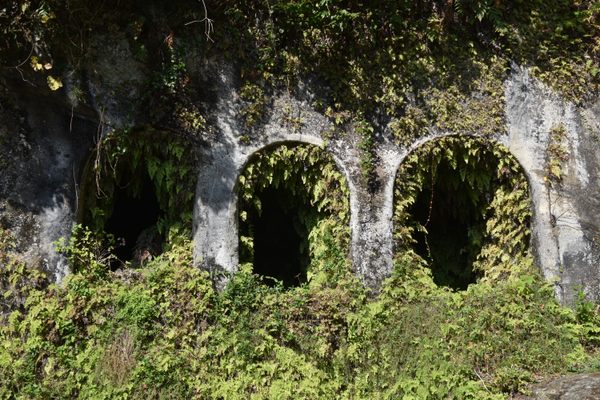
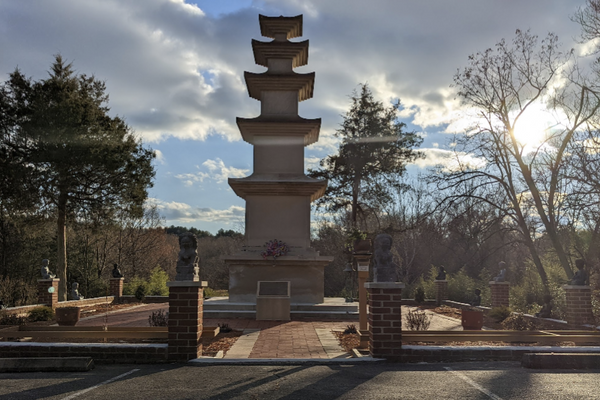
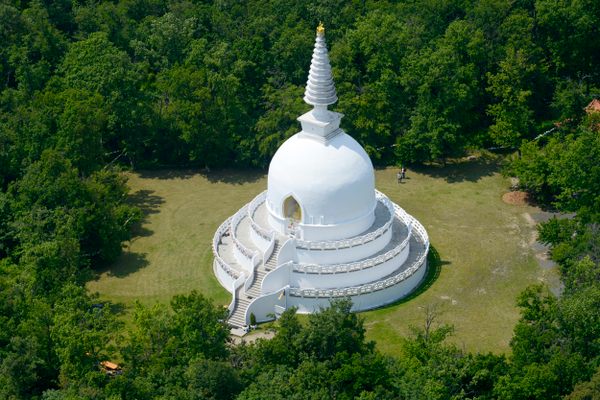
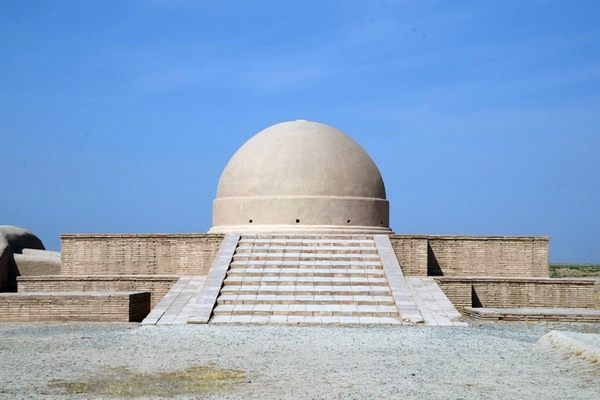

Follow us on Twitter to get the latest on the world's hidden wonders.
Like us on Facebook to get the latest on the world's hidden wonders.
Follow us on Twitter Like us on Facebook